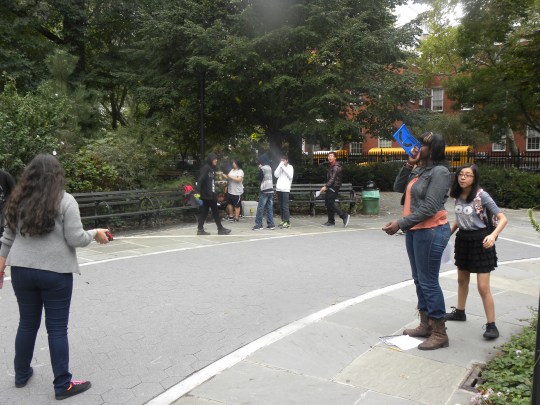Airport Planning Project
On my flight to San Francisco today, when the pilot mentioned that we have leveled off at our cruising altitude of 32000 feet, we had just passed Scranton, according to the interactive map. This reminded me of a right-triangle trig project I did my first few years, before it was dropped from the Algebra I curriculum.
I first had the idea by doing a Dan Meyer-style textbook problem makeover. When I was looking for trig problems in the textbook I was using, I saw one that was something like this:
A pilot is flying his plane at 5 miles up and starts his descent 300 miles from his destination. What was his angle of descent?
If I were a pilot, what would I need to figure out? Most likely, I would know I need to land at a certain angle – what I would need to determine is when I should start landing my plane. So I turned the problem around. Then I thought, considering what angles we need to climb at, angles we need to land at, and how high up we need to fly, what’s the minimum distance I could get between two airports that have a connecting fight? (Assuming direct paths.) And so and made the following project:
My students had a lot of fun with this project (even if I did get countries named things like Ratchetopia). Things would get tricky sometimes with scale (I think I had them use something like 1 inch = 50 miles), but overall the process went well. However, sometimes it could be paralyzing, having so many choices of where to put the airports.
Sadly, I don’t have any pictures of the projects my students made. (Maybe on my old phone?)
 So if they told me any angle, I could tell them the ratio, and then they could just set up the proportion and solve.
So if they told me any angle, I could tell them the ratio, and then they could just set up the proportion and solve.